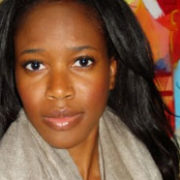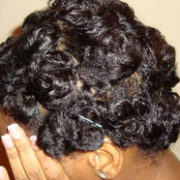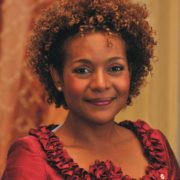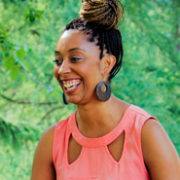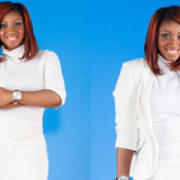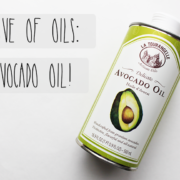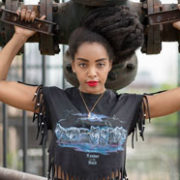A Head Full of Wool: The History of Black Hair in North America
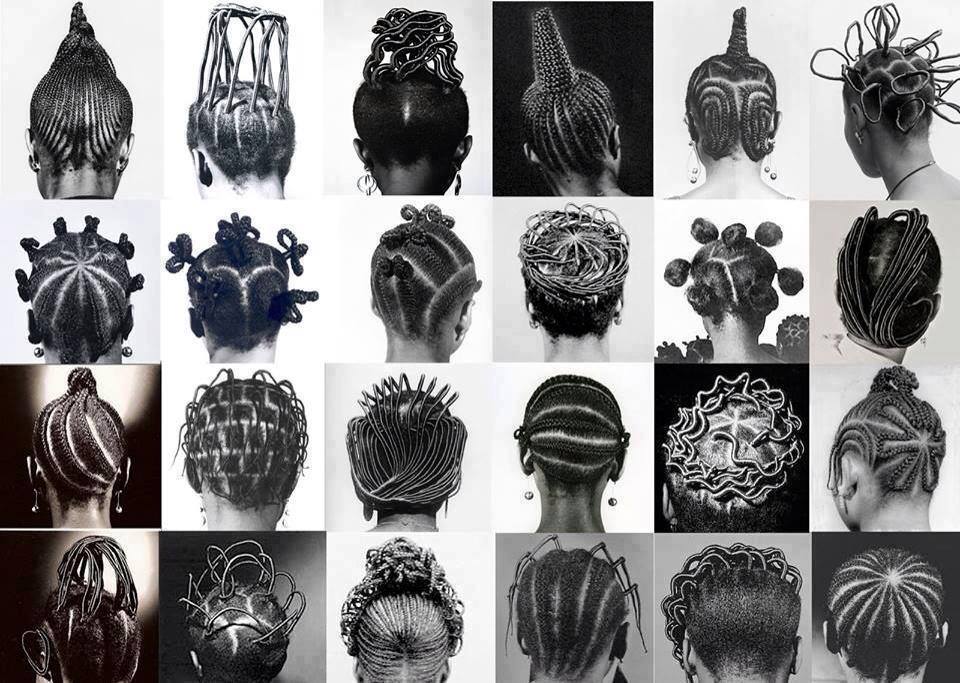
(photo source: www.reunionblackfamily.com/apps/blog/show/12783944-a-history-of-black-hair-from-the-1400s-to-present)
Where did the story of black hair begin? Too often we begin black people’s story with slavery – when we know full well that the African story began in Africa.
Before Slavery
Early in the fifteenth century, African hair was a distinct form of communication. African hair spoke of age, marital status, ethnic identity, religion, wealth, and social rank. For instance, in the Wolof tribe of Senegal, young women would shave a portion of their hair to tell the bachelors that they were single and ripe for the picking.
Africans knew their hair was beautiful. They would spend hours washing, combing, and oiling their hair to ensure it remained healthy. Africans used to use elaborate combs, brushes, and ornaments like cowrie shells to highlight the beauty of their hair.
The Birth of Good Hair
Africans were taken from their homes and sold into slavery in the 1700s. Black people were taught that to look European was to look beautiful. This is when the term “good hair” came into being. No, Chris Rock did not coin the phrase. Good hair was smooth, silky and straight. Bad hair was kinky, short and coarse.
From that point onward, Black people in North American began to do everything in our power to change our hair texture to look more like the straight hair of white people.
*****
I shift impatiently on the two pillows I snagged from the couch to sit on. My hair is freshly washed, but not oiled. My mom doesn’t oil my hair before hot combing it anymore. She’s tired of my squeals of discomfort. When the steaming metal comb gets too close to my roots it heats up the Blue Magic on my scalp and my head feels like it’s going to boil away. So I scream and I cry.
My mom walks into the living room and sits behind me on the couch, her legs on either side of my shoulders.
“Ma, I think it’s ready now,” I say. It’s important that she doesn’t leave the hot comb in its oven too long. Last time that happened I lost a significant chunk of my hair. She doesn’t answer. She lifts up the heavy metal comb, rubs it with a towel, blows on it, and brings it to my roots.
It makes a ttssssssshhhhhhttt sound as it straightens my coily tresses. “Aaahhhhhhhhhh!” I complain noisily. No oil – but the heat still burns my scalp. My mom pauses and I can feel her disapproving scowl.
“Do you want me to stop?” She asks, annoyed. “No ma,” I answer quickly. Tomorrow is my first day of grade 10. I can’t go to school with cornrows anymore. That’s for kids. I need to look beautiful.
*****
In 1909, Garrett A. Morgan invented the first hair relaxer. He was working with sewing machines in his tailoring shop when he noticed that a chemical he was using straightened the fibres of woolen cloth. From this realization the G.A. Morgan Hair Refining Company was born. Morgan first sold to black men who were interested in straightening their kinky hair, and then began to sell to black women.
Annie Malone became one of the first self-made black millionaires in 1920 when she patented the hot comb. The invention was initially developed in France for women with curly hair who wished to temporarily straighten their hair.
A Change of Attitude?
In the 1970s, things began to change. Political activists like Angela Davis began to wear their hair in afros and the Black Power Movement gained popularity in America. Black people of all ages began to grow their natural hair into afros in solidarity of the movement. But like many other hair crazes; the afro was popular only for a season. The popularity of chemically straightened hair remained.
In 1977, the Jheri curl chemical process exploded. The Jheri curl allowed black people to have smooth curls without the frizz of the kink. Achieving the Jheri curl look was not easy. It required a two-step application process. Wearers first applied a softener that loosened the curls, and then applied a chemical solution that permanently curled it.
The definition of good hair began to change in the 80s. Black people started to rock everything from the braids Janet Jackson wore in Poetic Justice to Lauryn Hill dreadlocks to long Beyoncé-blonde wigs and weaves to Erykah Badu head wraps.
In 2009, Solange did what the natural hair community now calls the “big chop”. She cut off all of her hair to start afresh. She went natural. Since then multitudes of black women have followed her lead, cut off their relaxed or damaged ends, and gone natural.
And now we are in the midst of a hair revolution. If you don’t believe me, type “natural hair” into Google and you’ll see millions of results. Black women in particular have begun to embrace the natural texture of their hair. After centuries of weaves and chemical straighteners we are now attempting to understand how to care for our hair in it’s natural state. Black women are investigating the intricacies of the strands that grow out of our scalps. Many black women are learning how to care for our hair for the first time in our late 20s, 30s and even 40s.
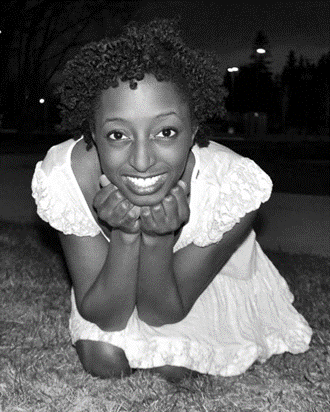
I think it’s beautiful.
That’s why in 2012 I decided to go natural. It wasn’t easy. My long straight weaves were my foundation and I didn’t feel attractive showing my natural curl pattern. I still struggle with self-image and at times yearn for my 20″ remy. But my personal conviction has been to find beauty in the natural texture of my hair.

